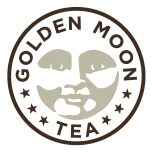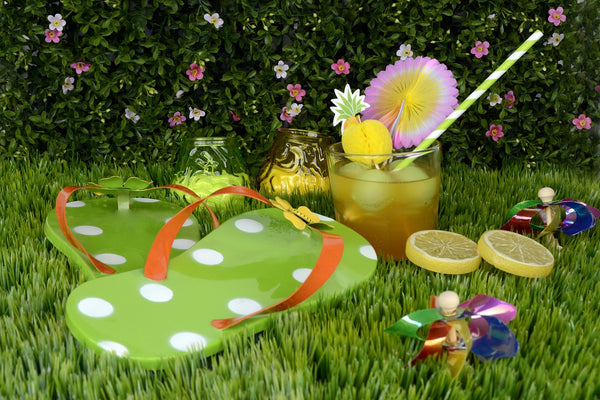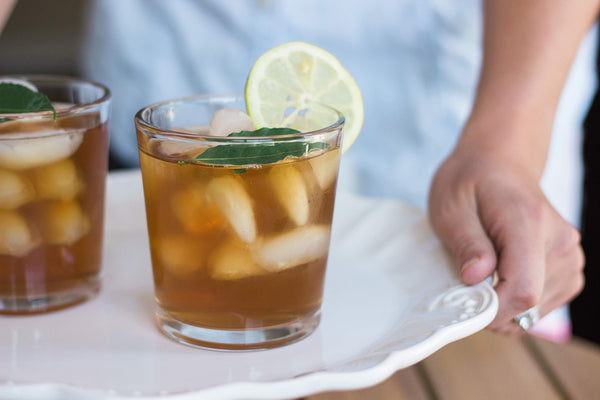
Do you know where the best Chinese food in the world exists? If you think the answer is China, you may actually be wrong. The only city I believe that can go toe-to-toe with "authentic" Chinese food is, Surprise!, in North America. That city is Vancouver, Canada. The year was 1997 - the treaty between China and Great Britain expired, putting the city of Hong Kong back under Chinese rule. Since China is a communist state, the extremely Westernized citizens of Hong Kong were worried that they would be stripped of all their money, land and other personal assets.
Knowing there would be a huge exodus of wealthy citizens from Hong Kong, the city of Vancouver offered a deal. If a Hong Kong citizen bought a certain amount of real estate in Vancouver, they would automatically be granted Canadian citizenship. Because of this deal, Vancouver gained a huge Chinese population. Combining that with the city's abundance of seafood, Vancouver was naturally created into a culinary goldmine.
This goldmine is not just limited to food either. With the influx of wealthy Chinese, the tea industry in Vancouver greatly increased as well. If you ever watch a group of tea drinkers in Vancouver, you will notice one particular thing they all do, they “rinse” their tea.
What is “rinsing” tea?
Rinsing tea is when you pour a small amount of water over loose tea in a teapot. You then quickly pour the water out and discard it. It is like a mini-steep that only lasts for 5 seconds.
How hot should the water be?
The water should be as close to the same temperature as you are using to steep your tea. The general rule is the water can be too cool but not too hot. So if you are steeping a Japanese tea that required 170 degree water, do not use boiling water. But if you are steeping a black tea, it is OK to use water that is less than boiling.
For example, since I use bottled water and it is pricey, I just run the tap until it is as hot as possible. I use that water to rinse my black tea and it works great because the tap water’s temperature is below boiling.
Rinsing tea helps to “awaken” the tea leaves
The Chinese believe that rinsing tea helps to prep the leaves so they release more flavor. This occurs for two reasons. The first is the teapot is heated, ensuring that the water temperature does not drop when poured into the teapot. The second is the tea leaves are given a “microsteep” so they are pre-soaked. This allows you to flush the dust and fannings away from your higher quality teas giving you a smoother cup.
Rinsing is essential with Pu-erh
Many people do not like Pu-erh the first time they try it mainly due to a “fishy” taste it has on the front palate. This funny taste occurs because of the fermentation process and has nothing to do with fish. The best way to eliminate this taste is to rinse the tea leaves first. A simple 5 to 20 second steep will make your Pu-erh taste like it is supposed to.
Summary
If you happen to be in Vancouver, be sure to try some Chinese prepared dungenous crab, halibut, oysters and high end Chinese loose tea. To achieve the maximum flavor from your loose tea leaves, you should try to give them a quick rinse. This will ensure that your teapot is warm and tea leaves are pure (without the dust and fannings). If you are drinking Pu-erh it will remove any funny flavors that you may taste. After all, you want to make sure that your tea in nothing but pure when you mix it with some of the best food you will ever eat.
photo: https://www.flickr.com/photos/paulwatson/4096484
Leave a comment
Comments will be approved before showing up.


